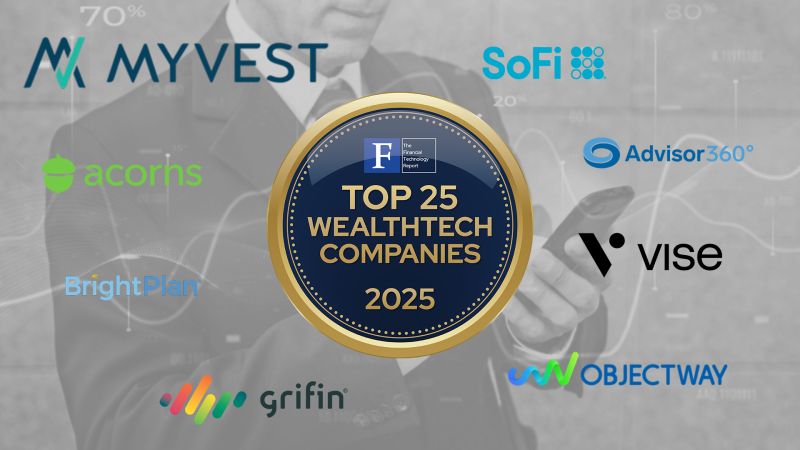Advisors are expanding access to alternatives, but the roadblocks are real.
This blog recaps recaps a byline in WealthManagement.com
Charlie Haims, Head of Marketing at MyVest, published an op-ed byline in Wealth Management – The Real AI in Wealth Management: Alternative Investments’ Moment. Based on conversations with leaders across the industry, he explores how there’s another “AI” reshaping portfolios: Alternative Investments. He presents why alternatives are finally at an inflection point — and what advisors must do to turn growing demand into real portfolio integration. From education and infrastructure to holistic portfolio integration, this moment is about more than simple access — it’s about better UX and execution.
Here is a synopsis:
Artificial intelligence might dominate financial headlines, but there’s another “AI” transforming wealth management right now — alternative investments. Alts and private assets are quickly becoming a new, dominant opportunity to achieving diversification, risk-adjusted performance, and resilience.
The Rise of Alternatives in Wealth Management: Access vs. Adoption
Surveys from iCapital and Deloitte show allocations from retail investors could jump from $80 billion to $2.4 trillion by 2030. However, Cerulli’s data reveals a different picture — advisors’ average allocations are still only 2.3%. This gap between enthusiasm and execution tells us everything: access has improved, but adoption still faces major headwinds.
Complexity Beneath the “Alternatives” Label
The complexity of alternatives contribute to the adoption challenge. They span a diverse set of strategies – private equity, private credit, hedge funds, venture capital, real estate, etc. – multiplied by evolving vehicle structures – evergreen funds, interval funds, BDCs, mutual funds, ETFs, and model portfolios, many with a mix of public and private assets. Advisors are being asked to navigate this expanding menu while also aligning with clients’ goals and firm strategies.
Wealth management executives have shared that allocations can be quite complex, ranging from diverse share classes and fund structures to the opportunity of incorporating alternatives into unified managed accounts (UMAs). These leaders echo the concern that without true integration, alternatives risk remaining siloed, undermining their potential to strengthen portfolios.
To make alternatives truly core to portfolio management, firms and advisors must move beyond access and solve for three big challenges:
1. Education as an ongoing experience
Too often, “education” still means PDFs and webinars. True education is an experience — an ongoing dialogue that helps clients understand how a private equity commitment stacks up against public equities, or how private credit compares to fixed income. That means using interactive tools, dashboards, and modeling that evolve with clients over time.
2. Operational Friction: The Industry’s Bottleneck
Legacy workflows, manual data entry, and disconnected custodians are slowing adoption. Firms need better ecosystem integration — automation, data standards, and unified reporting that reduce friction and bring alternatives onto the same playing field as traditional assets.
3. Moving from Isolation to True Portfolio Integration
Democratization isn’t just about access; it’s about alignment. Private equity should map to equity exposure, private credit to fixed income — not sit in a silo. True integration means incorporating alternatives within asset allocation frameworks, risk models, and rebalancing processes to deliver genuine diversification.
The Path Forward
We’ve reached a turning point. Advisors are expanding access to alternatives for clients who demand them — now it’s about making them work in practice. When education, operations, and portfolio strategy come together, alternatives will stop being the “alternative” and start being a core pillar of modern wealth management.
Read the full byline on Wealth Management.




![MyVest CEO predicts growth in model-delivery direct indexing [FundFire]](https://myvest.com/wp-content/uploads/Fundfire-1.png)
![MyVest CEO talks UMA upgrades and industry trends [FundFire]](https://myvest.com/wp-content/uploads/Fundfire.png)